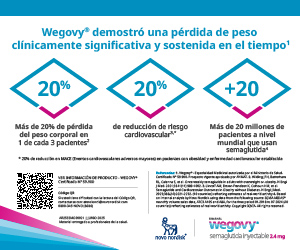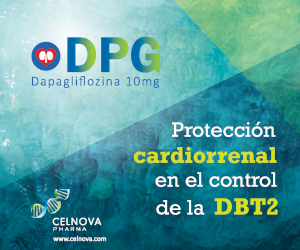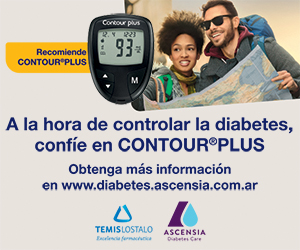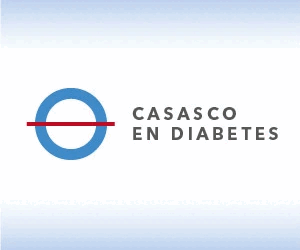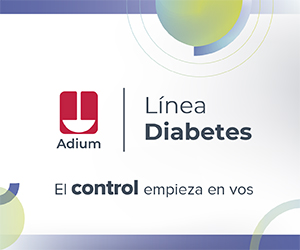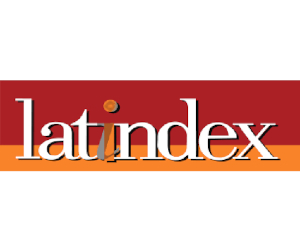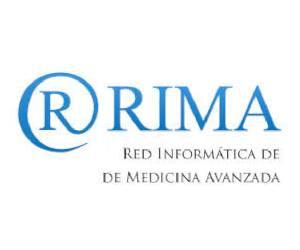From the sum of factors to the synergy of damage: towards a redefinition of the cardio-renal-metabolic syndrome
DOI:
https://doi.org/10.47196/diab.v59i2.1188Keywords:
cardio-renal-metabolic syndrome, chronic kidney disease, diabetesAbstract
The increasing prevalence of type 2 diabetes mellitus (T2DM), heart failure (HF), chronic kidney disease (CKD), obesity, and metabolic liver disease (MASLD) has given rise to a network of pathophysiological interactions that transcends the boundaries of organ-specific medicine. What was once considered a cluster of comorbidities is now better understood as an integrated entity: cardiorenal-metabolic (CRM) syndrome. However, current evidence suggests that this definition is insufficient to capture the complexity of multisystem damage resulting from metabolic dysfunction.
References
I. Ndumele CE, Neeland IJ, Tuttle KR, et al. A synopsis of the science and clinical management of cardiovascular-kidney-metabolic (CKM) syndrome. A scientific statement from the American Heart Association. Circulation 2023;148:1636-1664.
II. Lescano A, Sorasio G, Soricetti J, et al Registro Argentino de Insuficiencia Cardíaca Aguda (ARGEN‑IC). Evaluación de cohorte parcial a 30 días. Rev Argent Cardiol 2020; 88(2):118-127.
III. Thierer J, Perna ER, Marino J, Coronel ML, Barisani JL, García-Brasca D, Pérez-Terns P, Címbaro-Canella JP, Pereiro-González SM; OFFICE‑IC AR Investigators. Insuficiencia cardíaca crónica en Argentina: OFFICE-IC AR, un registro conjunto de la Sociedad Argentina de Cardiología y de la Federación Argentina de Cardiología. Rev Argent Cardiol 2022;90(1):e15-e26. doi:10.7775/rac.es.v90.i1.20480.
IV. Vallejos A, Valenti L. Cuarta encuesta nacional de factores de riesgo. Visión nefrológica de los principales resultados. Rev Nefrol Dial Traspl. 2020;39(4):271-8. Disponible en: https://www.revistarenal.org.ar/index.php/rndt/article/view/498. Último acceso: 16/06/2025.
V. Einarson TR, Acs A, Ludwig C, et al. Prevalence of cardiovascular disease in type 2 diabetes. A systematic literature review of scientific evidence from across the world in 2007-2017. Cardiovasc Diabetol 2018;17:83.
VI. Younossi ZM, Henry L, et al. Global epidemiology of MASLD: a growing public health challenge. Hepatology 2023;77:1335-1347.
VII. Quek J, et al. The global prevalence of MAFLD and risk of progression: a systematic review and meta-analysis. Lancet Gastroenterol Hepatol 2023;8(1):20-30.
VIII. Burrows NR, et al. Chronic kidney disease surveillance in the United States. MMWR Morb Mortal Wkly Rep 2022;71(13):412-415.
IX. Friedman AN, et al. Incidence of CKD by BMI category and metabolic status. J Am Soc Nephrol 2021;32:777–790.
X. Roderburg C, et al. MASLD and risk of CKD: a matched cohort study. Eur J Med Res 2023;28:153.
XI. Soutelo MJ, Fritz MC, Di Fonzo G, et al. Perfil cario-reno-metabólico en primera hospitalización por insuficiencia cardíaca. Evaluación de 541 pacientes. Rev Soc Arg Diab 2025;59(2).
Downloads
Published
Issue
Section
License
Copyright (c) 2025 on behalf of the authors. Reproduction rights: Argentine Society of Diabetes

This work is licensed under a Creative Commons Attribution-NonCommercial-NoDerivatives 4.0 International License.
Dirección Nacional de Derecho de Autor, Exp. N° 5.333.129. Instituto Nacional de la Propiedad Industrial, Marca «Revista de la Sociedad Argentina de Diabetes - Asociación Civil» N° de concesión 2.605.405 y N° de disposición 1.404/13.
La Revista de la SAD está licenciada bajo Licencia Creative Commons Atribución – No Comercial – Sin Obra Derivada 4.0 Internacional.
Por otra parte, la Revista SAD permite que los autores mantengan los derechos de autor sin restricciones.





